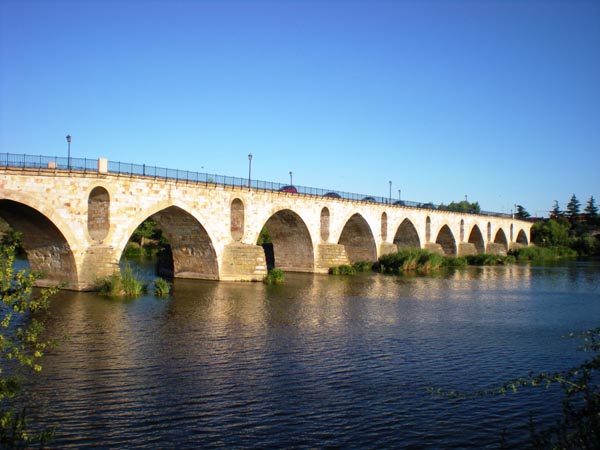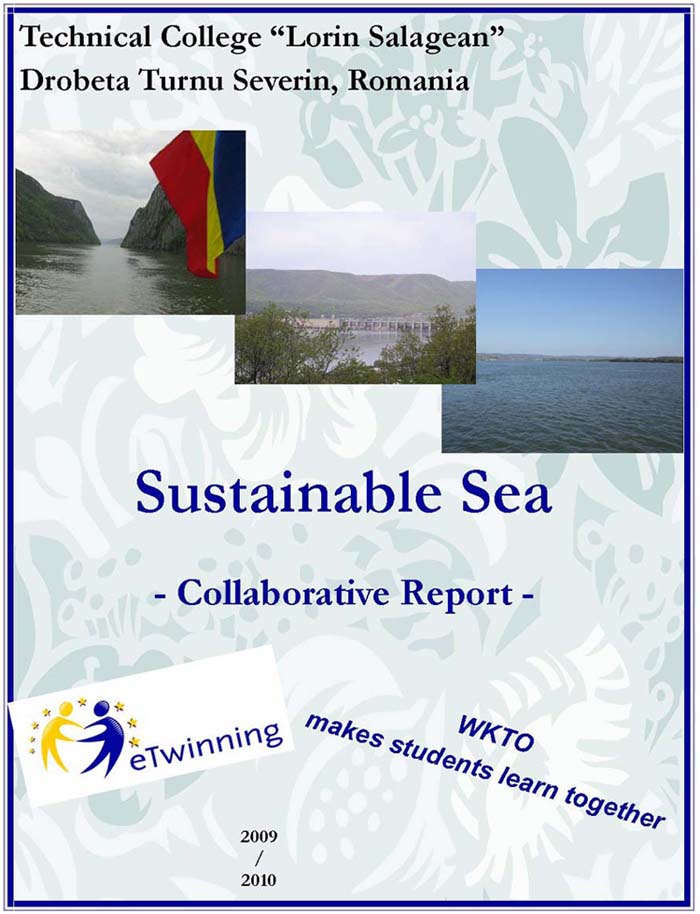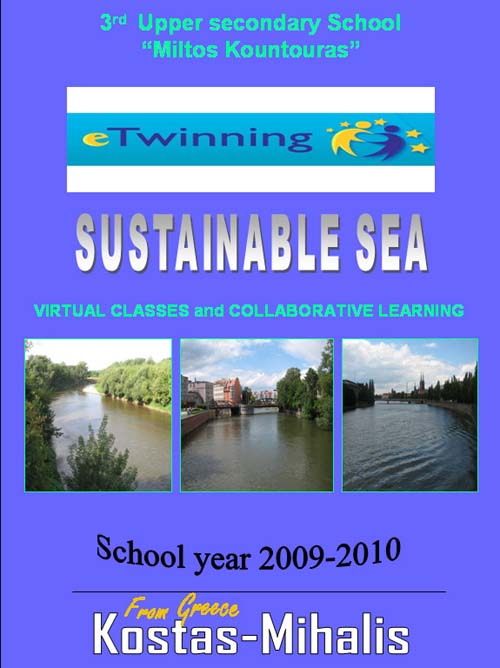|
School project
V2CL eTwinning AN11 : STUDENTS' ASSIGNMENT :
OPINION
POLL :
SUSTAINABLE SEA.
REGISTRATION AND TEACHERS' TIME :
from MARCH 2009 to AUGUST 2009.
STARTS FOR THE
STUDENTS : SEPTEMBER 2009
-> Click to ENTER the VIRTUAL CLASSES
INTRODUCTION : Part of our children's future lies in their openings to the outside world, to other ideas, to other cultures; this we can achieve by creating partnership links, exchanges of opinion, comparison of ideas and activities based on collaborative tasks.
It is in such a perspective that this project has been organized, to generate an ongoing relationship between language learners from different cultures within the framework of a VIRTUAL CLASS. By operating in a real context, pupils understand the need for working with foreign languages, they see that it is possible to work together and to learn how to write a professional-style report.
This project is a CLIL project (Content and Language Integrated Learning) connected to economics because the students will learn how to organize an international survey, to civic instruction because we are going to talk about sustainable development and to I.C.T. (information and communication technologies) because the students will practice collaborative working using Virtual Learning Environments.
PROJECT
V2CL-AN11 : This civic instruction and economics program in the English language is aimed at students between the ages of 16 and 20 from high schools and colleges of further education who are not native English speakers. You just need computers connected to the Internet.
Diary : This is the basis for your time management, however if you wish some special arrangement, you are welcome.
The assignment will follow 11 steps : |

































